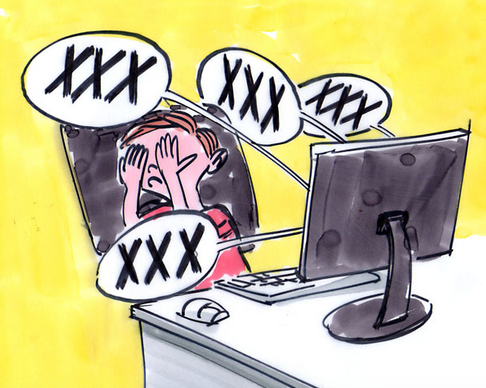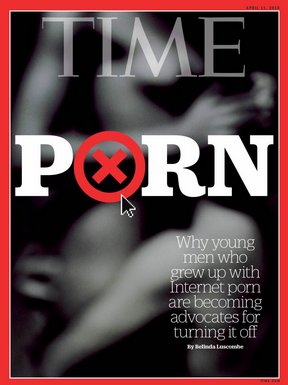Pornography is a hot topic these days.
The Governor of Utah recently signed a resolution describing pornography as “a public health hazard leading to a broad spectrum of individual and public health impacts and societal harms.” The resolution also reads that porn “equates violence toward women and children with sex and pain with pleasure, which increases the demand for sex trafficking, prostitution, child sexual abuse images, and child pornography.” Finally, the resolutions states that there is a need for “education, prevention, research and policy change…in order to address the pornography epidemic…”
Read the resolution in its entirety here.
Time Magazine is also talking about pornography, with a recent issue dedicated to covering the topic:
According to Wikipedia, a public health crisis is defined as follows:
A health crisis or public health crisis is a difficult situation or complex health system that affects humans in one or more geographic areas (mainly occurred in natural hazards), from a particular locality to encompass the entire planet. Health crises generally have significant impacts on community health, loss of life, and on the economy. They may result from disease, industrial processes or poor policy.
So, does porn qualify?
I’m not sure, but I think it is becoming more and more clear that the easy, free access to pornography on portable electronic devices is having a pretty big impact on kids and adults. The fact that these titillating images (and movies) are just one click away at all times is just such a big change from the past when porn could only be viewed if you:
- Made a trip to the gas station and asked for the magazine behind the counter
- Went to a strip club in person
- Found an adult store/movie theater and had the guts to go inside
In short, it was much harder to access – and took a lot more planning and nerve. Nowadays, it’s almost hard NOT to stumble into porn at some point while browsing the web. And that’s one thing for adults, but quite another for kids who often don’t have the resources to:
- Make sense of what they’re viewing
- Understand the difference between reality and fiction when it comes to sexual acts
- Stay away from sexualized content (it’s pretty exciting, after all)
So, the question remains…is pornography is a public health crisis? Perhaps Utah is on the cutting edge of dealing with this issue – maybe they’re over-reacting. Either way, it’s an important conversation to be having with ourselves, our kids, our partners and our communities.

